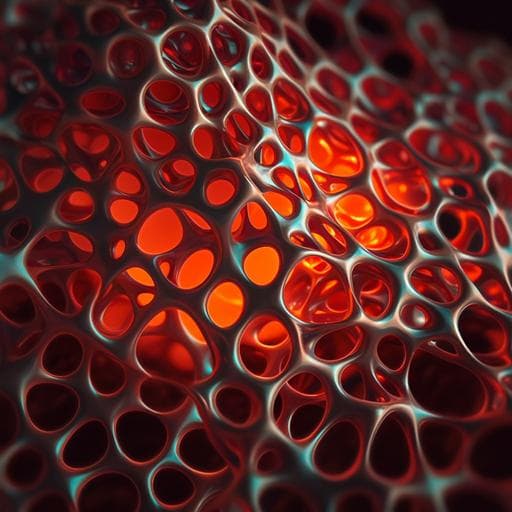
Engineering and Technology
Tough and biodegradable polyurethane-silica hybrids with a rapid sol-gel transition for bone repair
S. J. Park, S. H. Im, et al.
Discover groundbreaking research by Su Jeong Park and colleagues on a novel biodegradable polyurethane-silica hybrid that showcases remarkable flexibility, biodegradability, and a unique shape memory ability. This innovative work accelerates bone regeneration through osteogenic differentiation and angiogenesis, promising exciting advancements in tissue engineering.
~3 min • Beginner • English
Related Publications
Explore these studies to deepen your understanding of the subject.







